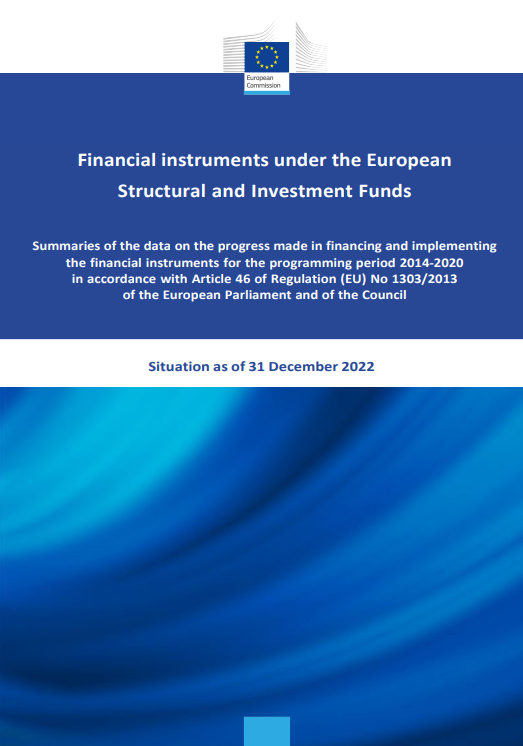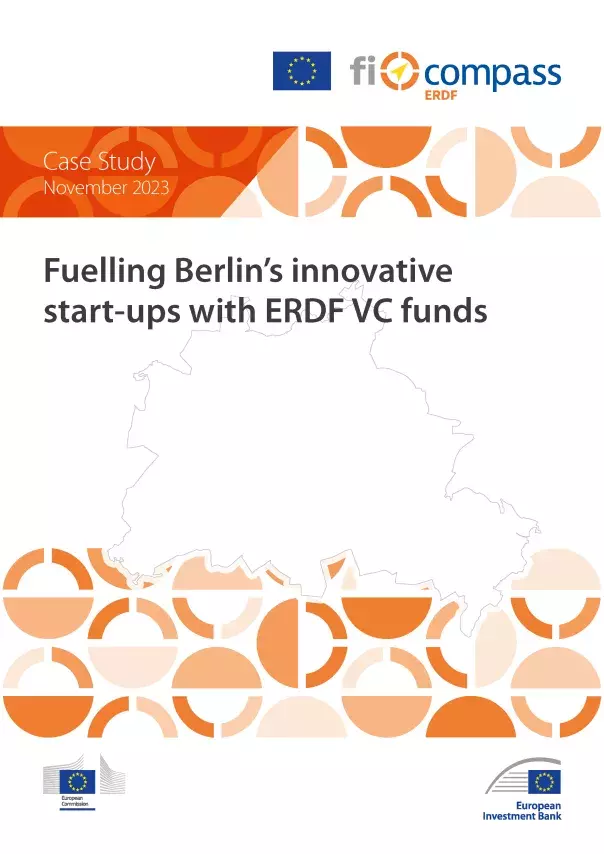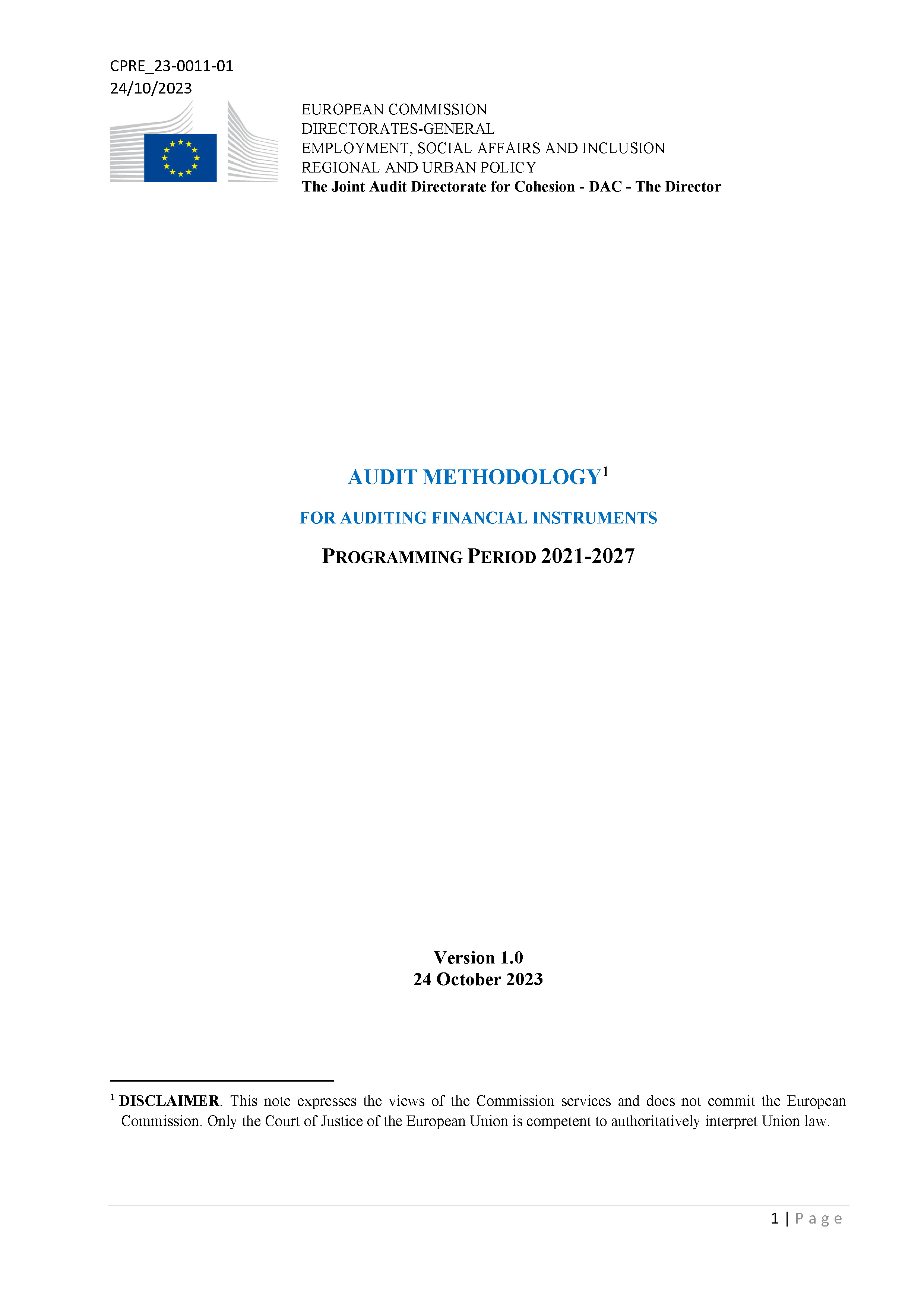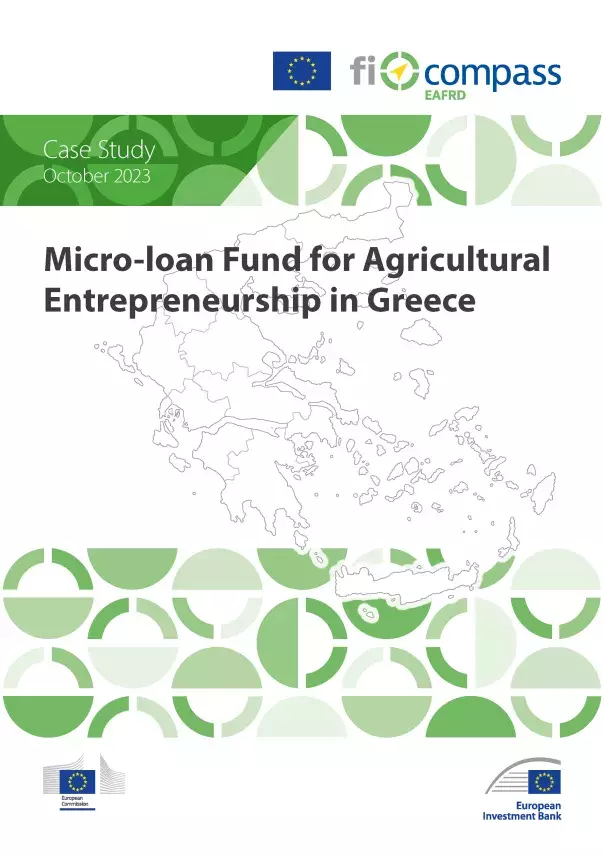What's new in fi-compass
Our latest publications, case studies, videos and podcasts
Yule love the fi-compass festive calendar
This year the fi-compass community is ushering in the holiday season with a twist.
We are thrilled to introduce the fi-compass festive calendar. Starting the 1 December all the way to the 25 December, we invite readers from around the EU to be greeted with a new surprise behind the numbered doors. Far from the traditional chocolate or festive image, with each door opened, we look back on the highlights of the year and relive our best fi-compass moments, together. It’s not too late to join the festive fun, start unwrapping the different publications and resources. Why ho-ho-hold back?
Access to finance remains insufficient for farmers and agri-food SMEs
The unmet demand of farmers for financing by banks has reached €62 billion in 2022, according to two surveys presented at the 9th annual EU conference on EAFRD-funded financial instruments. Small farms and young farmers are most affected by a lack of loans and financial investments. For SMEs processing agri-food products, the financial gap amounted to €5.5 billion, with significant divergence between Member States.
fi-compass website gets a digital glow-up
Over the course of the year, the fi-compass team has set out to redefine your online experience. In the realm of codes and wireframes, we’ve been working behind the scenes, meticulously sculpting all corners of the fi-compass website to breathe new life into our digital presence and improve users’ overall website experience.
ESIF funds show considerable progress in 2022
The European Commission released its annual report summarising the progress made in financing and implementing financial instruments (FIs) supported by European Structural and Investment Funds (ESIF) for 2022.
The data in this summary shows an increase of resources committed to FIs together with further implementation progress for the year. Programme contributions committed to FIs increased by almost EUR 1.7 billion to reach EUR 31.0 billion, including EUR 23.9 billion from the European Regional Development Fund (ERDF) and Cohesion Fund (CF).
This reporting exercise also confirms previous encouraging findings in terms of FIs capacity to attract additional resources. In 2022, they have leveraged over EUR 62 billion, which almost quadruples the contribution from the EU budget.
New video case studies - EAFRD support in Croatia and Italy
Thanks to EAFRD-backed loans from HAMAG BICRO, Croatia’s first garlic farm, was able to invest in new agricultural machinery and storage units; peach farmer, Matija Kovacic had his best year of production to date; Zvonko Rohalj’s roof correction services is thriving thanks to his newly purchased electric hoof correction trailer; and Haskap berry producer, Ivica Babojelic, was able to modernise the facilities and even put out new products.
Equity financial instruments for innovation in La Réunion
The ‘La Financière Région Réunion’ (FRR) fund of funds has been set up in the La Réunion region of France with resources from the European Regional Development Fund (ERDF) with a mandate to implement and manage two financial instruments to support small and medium sized enterprises (SMEs), including micro-enterprises.
Watch this video to discover how the initiative helped Engineering and 3D printing micro-enterprise, AGONOV, grow their company and FinTech SME, HUB2, improve interoperability between mobile money wallets across Africa.
Setting up financial instruments supporting migrant integration
The fi-compass manual aims to assist Asylum, Migration, and Integration Fund (AMIF) managing authorities and other stakeholders as they explore the use of financial instruments to support third-country nationals' integration in the EU. Explaining how shared management financial instruments work and who can benefit from their support.
This factsheet explores advantages of deploying financial instruments, implementation options, opportunities to combine grants and financial instruments, key stakeholders’ roles and responsibilities and well as key milestones in the financial instrument lifecycle.
New podcast episode: Financing RePowerEU
Buildings in Europe are responsible for 40% of total energy consumption and 36% of greenhouse gas emissions. So, it's very important that we talk about renovating the buildings in Europe. That is not only good for the climate and energy security in Europe, we shouldn't forget we spend most of our time in buildings, so improving buildings means we will have a better life.
Tune in to this podcast on financing energy efficiency building renovation with shared management financial instruments combined with grants, success stories from Latvia and Lithuania.
Fuelling Berlin’s innovative start-ups with ERDF VC funds
This case study explains how innovative Berlin’s start-ups grow and scale thanks to Venture Capital (VC) investments co-financed with 2014-2020 European Regional Development Fund (ERDF) resources. The Federal State of Berlin was one of EU’s pioneers in implementing ERDF equity financial instruments.
Implementing Energy Efficiency projects via Energy Performance Contracting
When it comes to deep renovation of buildings, energy savings are usually not sufficient to repay the investment and operational cost in a time that is acceptable to Energy Performance Contracting (EPC) providers (e.g. Energy Service Companies (ESCOs)) and third-party financers. Therefore, such projects often need some grant support to make operations financially viable. Cohesion Policy funding can combine grants and financial instruments to support EPC.
This factsheet summarises the key points and solutions discussed on this topic during the fi-compass workshop organised as part of the Member State specific support on 6 December 2022 in Warsaw, Poland.
Audit methodology
The new audit methodology for financial instruments in the 2021-2027 programming period is now available on the fi-compass website. Published on 24 October 2023, the guidelines and accompanying Annex describes the overall audit approach of the Commission services to carrying out system audits and audits of financial instrument operations, in accordance with the applicable rules and internationally accepted audit standards.
The new methodology reflects the simplifications and new flexibilities introduced in the Common Provisions Regulation 2021/1060 including the new rules for combining grants and financial instruments in a single operation, the revised payment arrangements between the European Commission and managing authorities and the verification of eligibility of expenditure based on the intended use of the support.
Micro-loan fund for agricultural entrepreneurship in Greece
The Micro-Loan Fund for Agricultural Entrepreneurship features a risk-sharing micro-loan facility under a Fund of Funds (FoF) structure, managed by the Hellenic Development Bank (HDB). Supported by Greece’s Rural Development Programme (RDP) 2014-2022 with a contribution of EUR 21.5 million from the European Agricultural Fund for Rural Development (EAFRD), it is the first micro-finance instrument for the primary sector in the country.





